The wearing of face masks in public to slow the spread of COVID-19 in the United States was first recommended by the CDC on April 3, 2020. Federal officials had initially discouraged the practice, showing concerns that it would lead to shortages of medical-grade personal protective equipment (PPE) for health professionals.
As of June 2020, a number of cities, counties, and states have issued health orders requiring the wearing of face coverings — such as cloth masks — by those in public spaces (or at the very least, requiring their use by public-facing employees of businesses, but allowing them to be used at the discretion of customers). Some businesses have voluntarily required their customers to wear masks, regardless of local regulations.
Initially, the U.S. government did not recommend the use of face masks by the general public outside of medical settings, as to prevent shortages of medical-grade personal protective equipment (PPE) for doctors treating COVID-19 patients.In February 2020, Surgeon General Jerome M. Adams stated that proper hygiene and getting a flu vaccine were appropriate preventive actions to be taken by the public, and stated on Twitter that masks should be saved for healthcare professionals, and that they were “NOT effective in preventing [the] general public from catching Coronavirus”.
On April 3, 2020, the CDC issued guidance recommending the wearing of non-medical face coverings by the general public, to lessen the spread of respiratory droplets that propagate the virus. It was recommended that they be worn in public when social distancing is difficult to maintain, such as at grocery stores and pharmacies, and especially in areas with significant amounts of community transmission.
The April 2020 poll found that 32% of Hispanic and Latino Americans surveyed, and 30% of African Americans surveyed, were concerned that wearing a mask would cause them to be mistaken for a criminal, as opposed to 19% each of Asian Americans and whites.Despite this, larger proportions of people among minority communities said they had worn a mask in public than whites (66%), at 71% of Hispanic and Latino Americans surveyed, 74% of African Americans surveyed, and 82% of Asian Americans surveyed.
Psychologists asserted that people who refused to wear a mask in public might be driven by a fear of becoming “a walking symbol of vulnerability,”of broadcasting a ‘Hey, I’m a scaredy cat,’ message to the world, so to camouflage their fear they overcompensated by rejecting orders to wear a mask.Esquire magazine reported, May 15, 2020, that American men were less likely than American women to wear a face mask in public, though the difference faded when a mandatory face mask order was issued, according to a research study involving over 2,000 people surveyed by Middlesex University London and the Mathematical Science Research Institute in Berkeley, California.
At the beginning of the COVID-19 outbreak in the United States, the U.S.’ Strategic National Stockpile contained just 12 million N95 masks, far fewer than estimates of the amount required.Millions of N95 masks and other supplies were purchased from 2005 to 2007 using congressional supplemental funding, but 85 million N95 masks were distributed to combat the 2009 swine flu pandemic, and Congress did not make the necessary appropriations to replenish stocks.The Stockpile’s primary focus has also primarily been on biodefense and response to natural disaster, with infectious disease a secondary focus.
A number of states have enacted executive orders requiring the wearing of face masks or a similar non-medical face covering when in public spaces or specific types of establishments, with violations of these rules often classified as a misdemeanor offence (although whether these regulations are actually enforced may vary).Absent a state-level mandate, some municipalities and counties have instituted their own mandates via localized by-laws.Some states, such as Louisiana, Oregon, and Washington, have only mandated the wearing of masks by employees who interact with the public, but do not formally require they be worn by the general public (unless a business asserts a right to deny service to patrons who are not wearing a face covering).

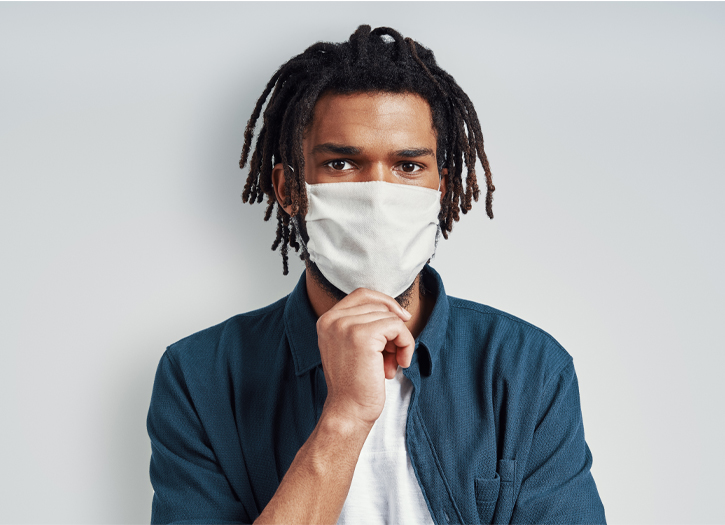
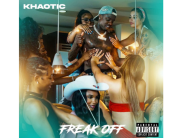
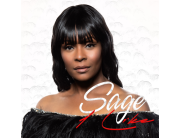

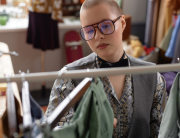
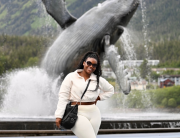
Add Comment
You must be logged in to post a comment.